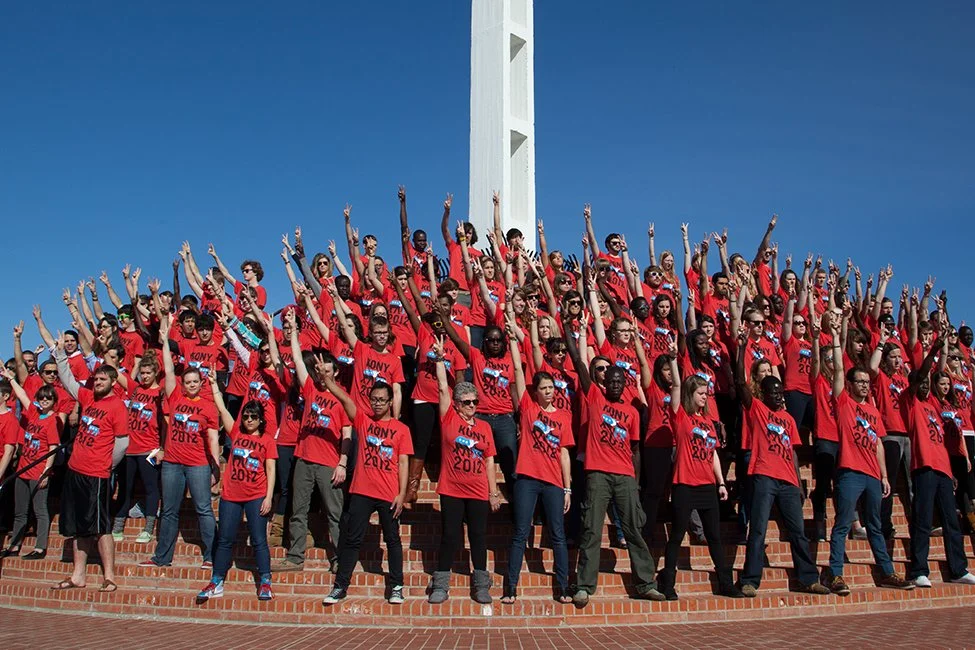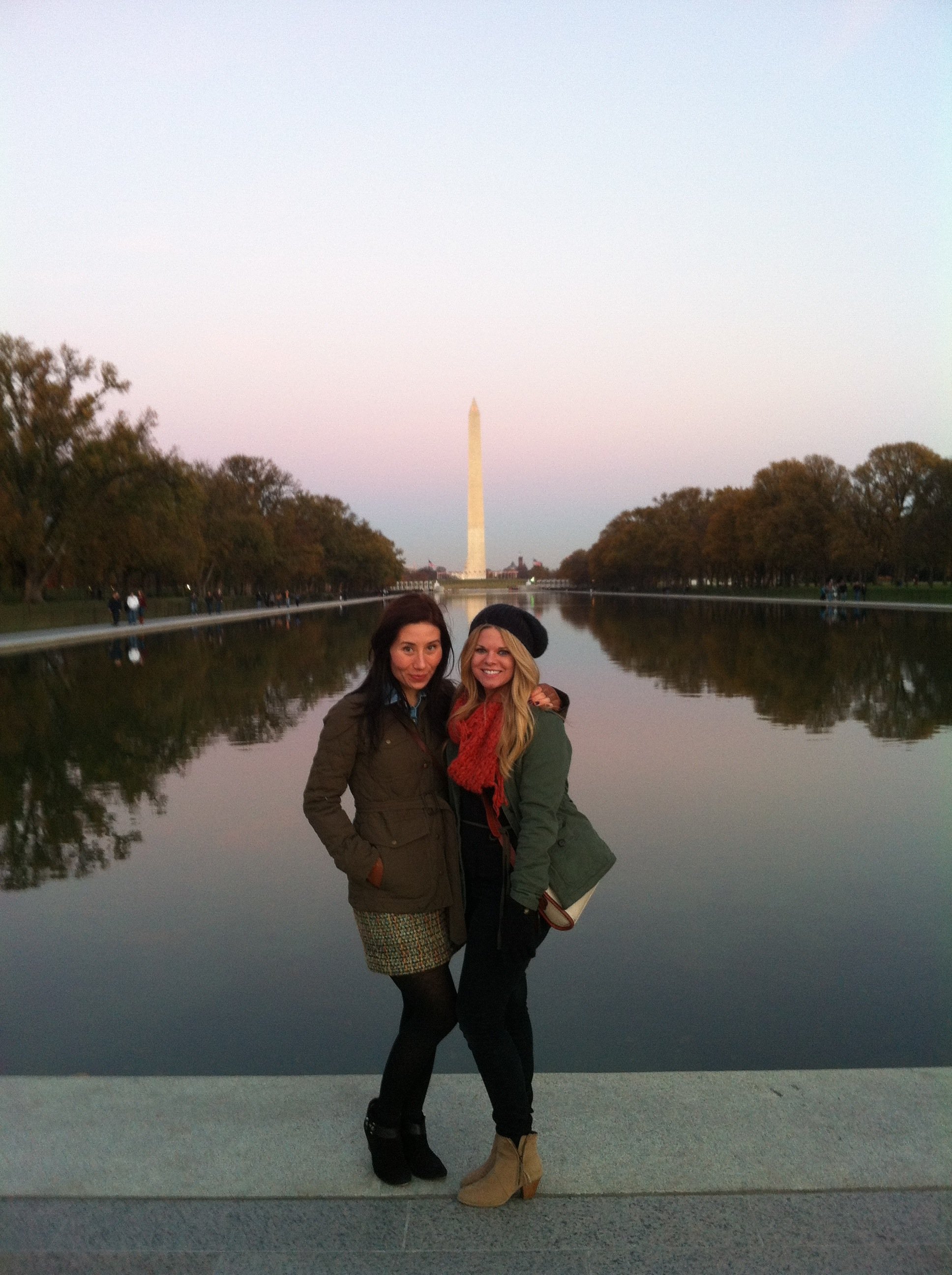GOING VIRAL
We didn’t technically start in marketing.
We started in movement-building.
In 2011, we met working for Invisible Children, a storytelling-focused organization that used documentary film, grassroots organizing, and youth culture to inspire global action.
What we learned from going viral there laid the foundation for everything we built next: ELM. Huxly. OneOnOnes™.
The Beginning
The Work:
Speaking, Screenings, and Fundraising
As regional reps, aka Roadies, for Invisible Children, we spent a year on the road speaking, organizing, and activating communities across the U.S.
→ Spoke to 500,000+ people, from high schools to community centers, to major campuses like NYU, UCLA, USC, and UT Austin
→ Hosted 100+ documentary screenings with live Q&As, face-to-face connection, and calls-to-action
→ Raised thousands in direct donations fueled by storytelling and grassroots organizing
The Turning Point:
The Viral Campaign KONY 2012
In 2012, Invisible Children launched KONY 2012, the viral YouTube campaign that made a war criminal globally known and sparked a worldwide conversation about justice, youth-led movements, and digital activism.
Elissa led on-the-ground efforts in Los Angeles, partnering with artists, universities, and celebrities to bring the campaign offline and into the streets.
Mia worked at HQ, coordinating communications and logistics at scale.
The campaign reached 120 million views in 6 days and raised $14 million, becoming one of the fastest-spreading social movements in history.
The Lessons:
From Viral Impact to Lasting Influence
THE RIGHT STORIES IGNITE CHANGE
TECHNOLOGY SCALES INFLUENCE
COMMERCE CAN BE DONE INSIDE STORYTELLING
COMMUNITY IS THE FOUNDATION
KONY 2012 may have been lightning in a bottle. But it showed us what’s possible and gave us a blueprint:
The Leap:
After KONY 2012, we were offered jobs at Airbnb and Squarespace.
But we’d just lived through something rare: watching a story spark global action, building community in real time, and seeing what’s possible financially when storytelling meets purpose.
It felt like we had earned a graduate degree.
And we wanted to bring that wisdom somewhere it was missing:
self-exploration and self-care for the digital age.
Because at the time, the internet only offered three flavors: TED-style aspiration, Buzzfeed-style listicles, and Chicken Soup for the Soul-style sincerity.
We knew there had to be a better way, one that blended emotional intelligence, creativity, and culture in the place people were spending more and more time—online.
That vision became ELM.
And it set everything else in motion.




